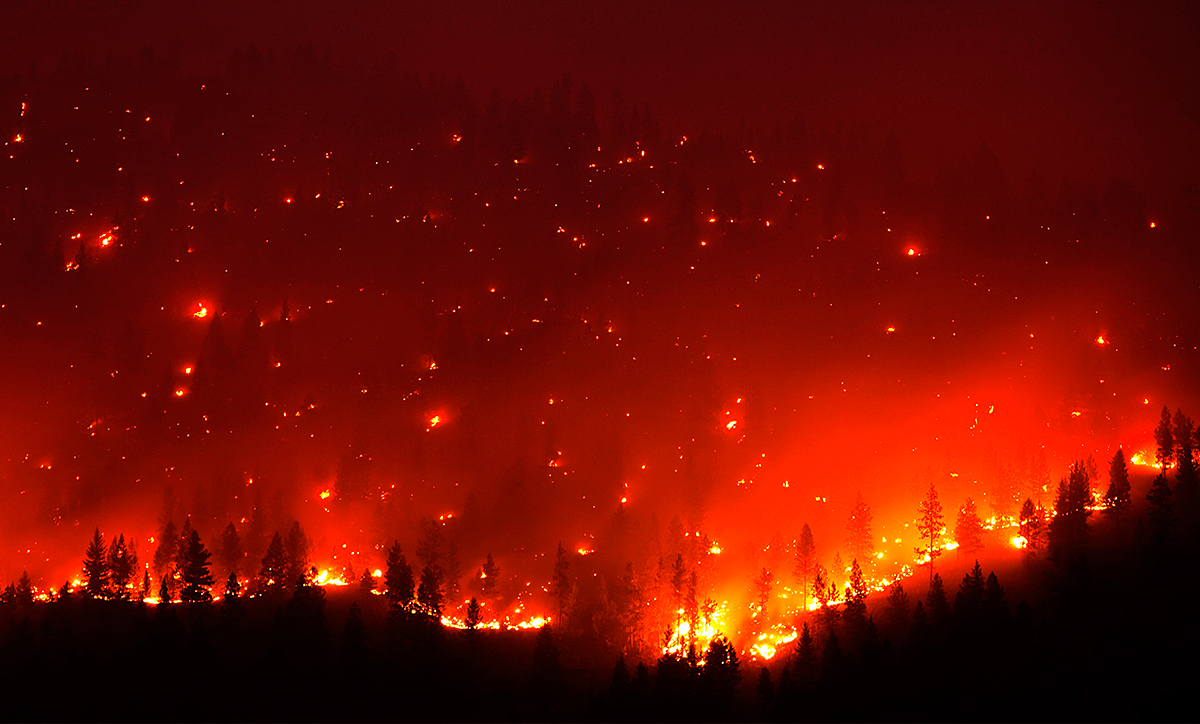
Photo by Patrick Orton / Alamy
An increase in fire activity is one of the first indicators of a changing climate - and the average number of hectares that burn annually in Canada has doubled since the 1970s. With more extreme weather predicted for the future, we can expect to see warmer, drier conditions, more lightning and a longer fire season. That adds up to more wildfires, at a growing financial and personal cost.
Wildfire, Smoke and the GDP
On Friday, May 13, 2011, central Alberta had been through days of windy, dry and seasonal temperatures, with previous cool days delaying tree greening. The forest floor was parched. By Sunday morning, the area had blustery southeast winds and Sahara-dry air.
The conditions were perfect for a wildfire.
When the fire started, 100 km/h winds helped the flames spread quickly. Continuing strong winds shorted out power lines and sparked more fires. Fire crews had to keep their distance for their own safety.
It's important to learn about fire ignition and management from the Slave Lake fires because we're going to see more wildfires in the future, says Mike Flannigan, whose research specializes in fires and weather/climate interactions. He contributed to a paper that shows how human-induced climate change has created a detectable increase in the area burned by forest fires in Canada in recent decades.
The area burned in Canada has doubled since the 1970s, says Flannigan, a professor with the Department of Renewable Resources. "It doesn't take much change in climate to cause a fire."
The wildfires happening now and predicted for the future will affect us in ways beyond evacuations and damage. Smoke is what Flannigan calls a "toxic soup." It's the smoke that causes most evacuations, and it exacerbates health problems like asthma and lung and heart disease. It's also simply bad for everyone's health.
And, of course, there's the cost of wildfires that you can measure in dollars: homes destroyed, cleanup bills, shutdowns in local businesses and industries. In the spring of 2011 and 2015, forest fires played a part in causing shutdowns so wide-ranging that they triggered a drop in our national GDP, says Flannigan.
"Fires are expensive," he says. "We can't keep throwing money at the problem, we have to figure out our strategy for dealing with fire."
8,000
Number of wildfires in Canada annually. They burn two million hectares, or roughly half the size of Nova Scotia.
474
Cost, in millions, of Alberta wildfires in 2015. This includes $99 million in emergency funds.
65
Percentage of fires caused by human activity. The other major cause of wildfires is lightning strikes.
800
Average annual Canadian wildlife management costs in millions of dollars; 2015 topped $1 billion.
1
he number of months earlier that the official fire season now begins in Alberta: March 1 instead of April 1.
Peat Fires Deepen Concern
Peat fires don't behave like other wildfires.
Peatlands feature carbon-rich organic material accumulated on the forest floor over thousands of years. They are common in Alberta and the Canadian boreal region, where they can stretch 40 or more centimetres deep. Peatlands are a vast storehouse, locking away carbon. Until they catch fire.
"There have always been peat fires," says Mike Flannigan. "We are starting to believe there are more peat fires burning deeper, which will release significant amounts of greenhouse gases."
Studies from Indonesia show peat fires in 1997 - a particularly bad year - released the equivalent of 20 to 40 per cent of the world's fossil fuel emissions for the year, he says. The peat in Canada's boreal forest covers 30 times the area of Indonesia. Peat can even smoulder through the winter.
"It gets down in the ground and keeps on burning until it runs out of fuel or you get some significant rain."
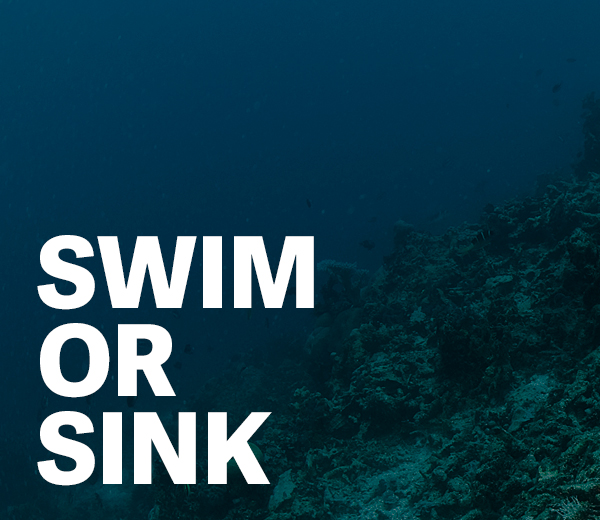
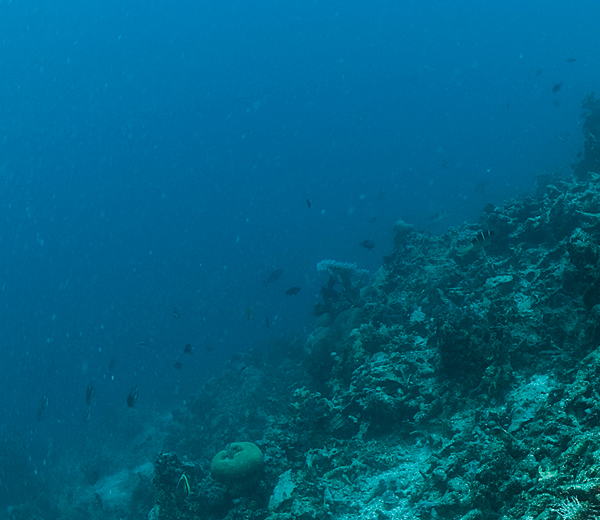
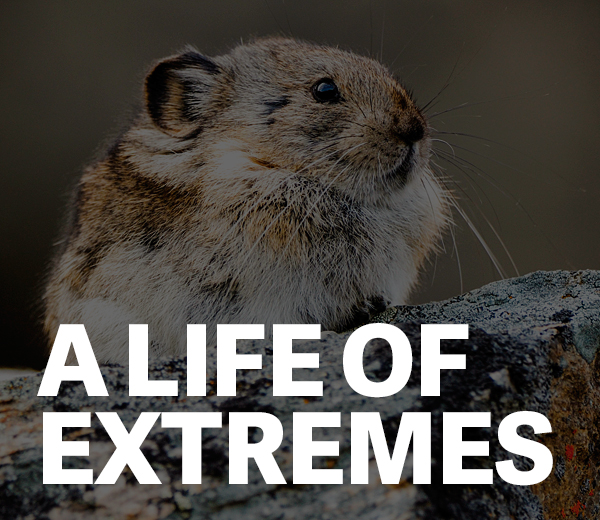
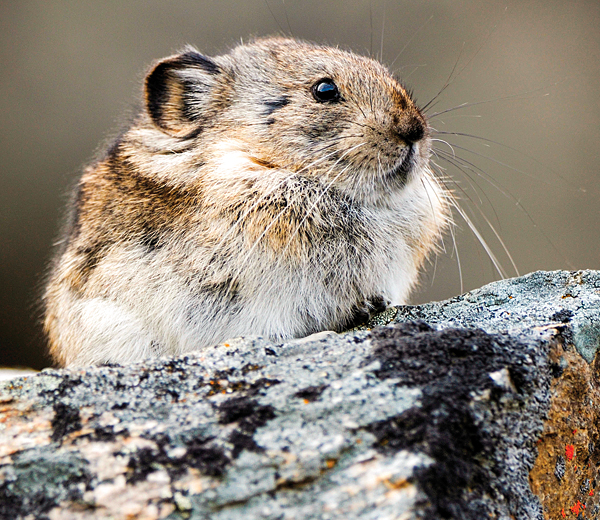


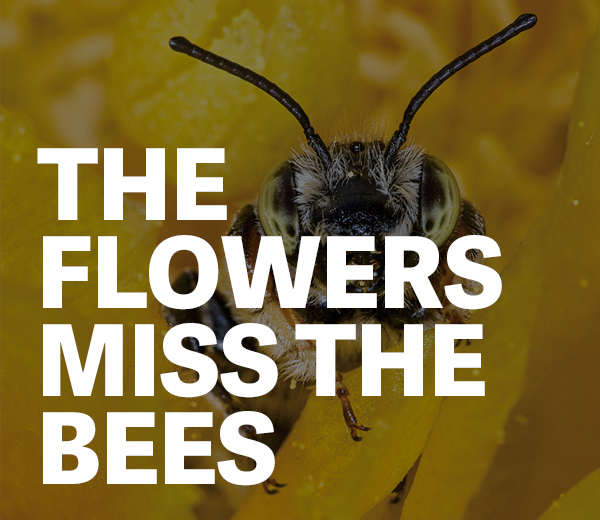
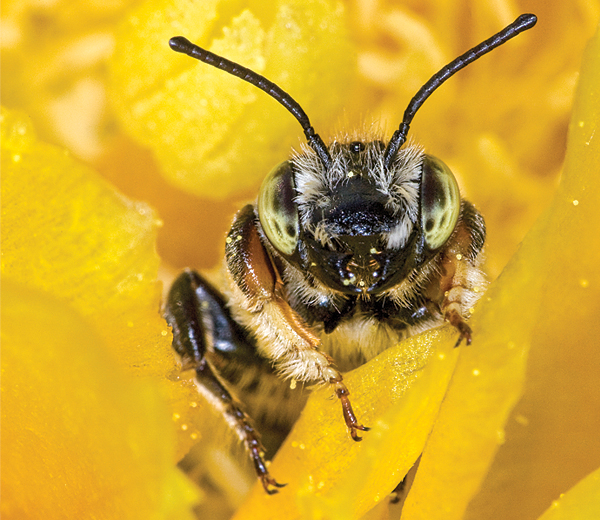
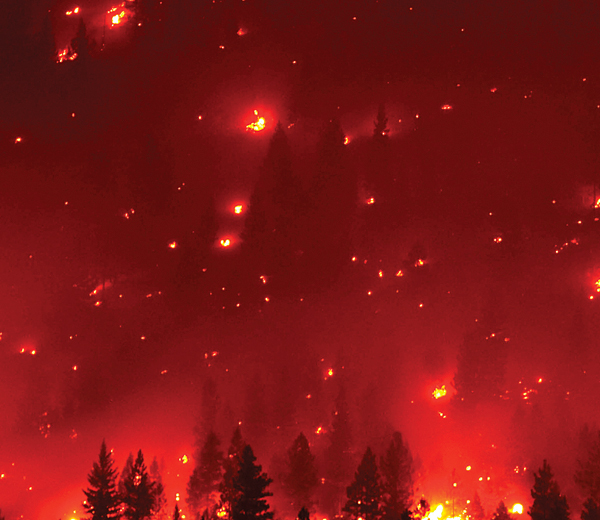
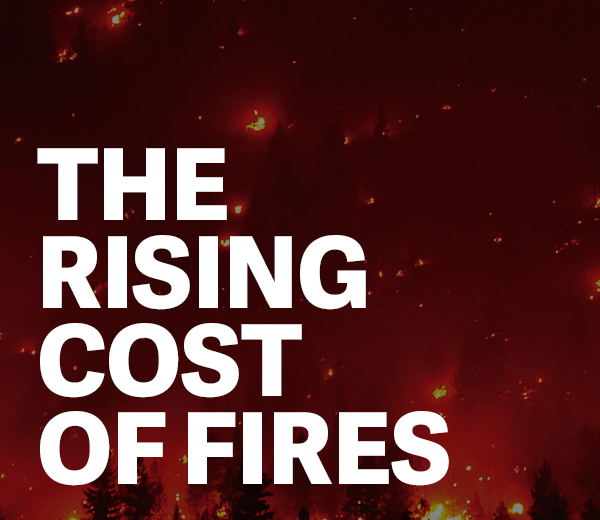
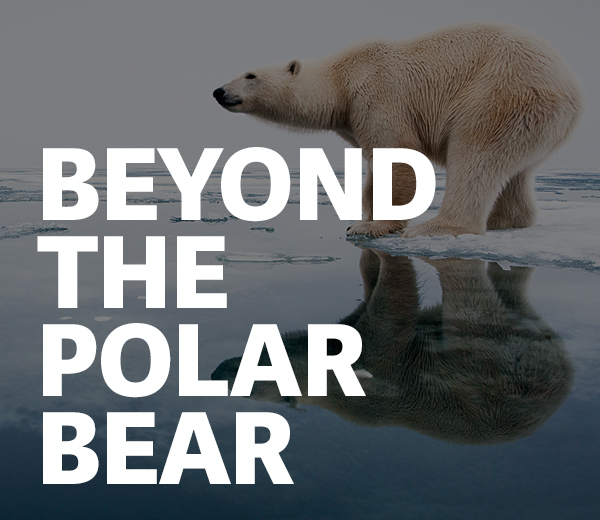
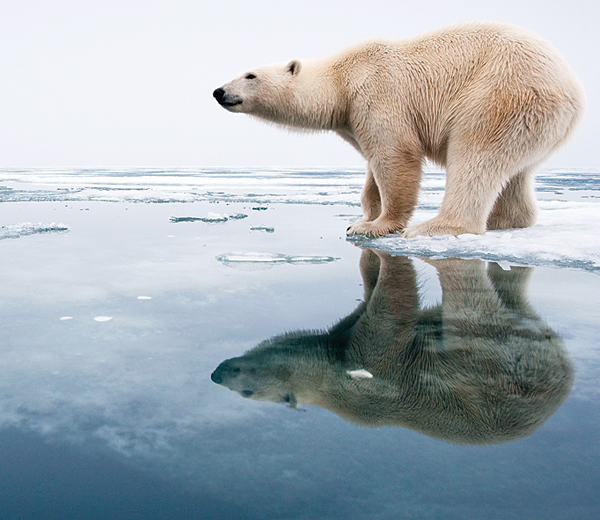
We at New Trail welcome your comments. Robust debate and criticism are encouraged, provided it is respectful. We reserve the right to reject comments, images or links that attack ethnicity, nationality, religion, gender or sexual orientation; that include offensive language, threats, spam; are fraudulent or defamatory; infringe on copyright or trademarks; and that just generally aren’t very nice. Discussion is monitored and violation of these guidelines will result in comments being disabled.